- Discover the Origins of the Experiment
- Understanding the Chemical Reaction
- Step-by-Step Guide on How to Conduct the Experiment
- Materials:
- Procedure:
- Observations:
- Conclusion:
- Additional Tips:
- Analyzing the Results: What Does the Color Change Indicate?
- 1. Influence of Ethanol:
- 2. Breakdown of Chlorophyll:
- 3. Interaction with Carotenoids:
- 4. Impact on Tomato Ripening:
- 5. Further Investigations:
- The Role of Vodka in the Experiment
- Exploring the Potential Applications of the Experiment
- 1. Food Industry
- 2. Agriculture
- 3. Research and Development
- 4. Culinary Arts
- 5. Education
- Conclusion
- Challenges and Limitations of the Experiment
- 1. Inconsistent Results
- 2. Limited Sample Size
- 3. Ethical Considerations
- 4. External Factors
- 5. Lack of Control Group
- Conclusion
- Additional Resources for Further Experimentation
- “Question-Answer”
- What is the purpose of painting green tomatoes with vodka?
- Does painting green tomatoes with vodka affect the taste of the fruit?
- Can you paint green tomatoes with other alcoholic beverages instead of vodka?
- How long does it take for green tomatoes to ripen with vodka?
- Are there any risks or downsides to painting green tomatoes with vodka?
- “Video” Binging with Babish: Fried Green Tomatoes from…Fried Green Tomatoes
Have you ever wondered what would happen if you painted green tomatoes with vodka? Well, wonder no more! In this fascinating experiment, we will explore the effects of vodka on green tomatoes and discover if it can change their color.
Painting green tomatoes with vodka might sound like a strange idea, but it is actually based on a scientific principle. Vodka, which is a colorless and odorless liquid, contains ethanol. Ethanol is known for its ability to dissolve substances and change their properties. So, the idea behind this experiment is to see if ethanol in vodka can dissolve the pigments in green tomatoes, resulting in a change of color.
To conduct this experiment, you will need a few green tomatoes and a bottle of vodka. Start by selecting firm and unripe green tomatoes, as they will be more likely to show a noticeable color change. Cut the tomatoes in half and set them aside. Next, pour some vodka into a small dish or container. Take a paintbrush and dip it into the vodka, then start painting the cut side of the tomatoes with the vodka. Make sure to cover the entire surface evenly.
Now comes the exciting part – observe the tomatoes over time and see if any color change occurs. You might be surprised to see the results! Some tomatoes might turn a lighter shade of green, while others might develop a yellow or even a pink tint. The color change will depend on various factors such as the ripeness of the tomatoes and the amount of vodka applied. Repeat the experiment with different tomatoes and try using different amounts of vodka to see how it affects the color change.
This experiment not only provides an opportunity to explore the effects of ethanol on plant pigments but also encourages curiosity and the scientific method. So, why not give it a try and discover the wonders of painting green tomatoes with vodka?
Discover the Origins of the Experiment
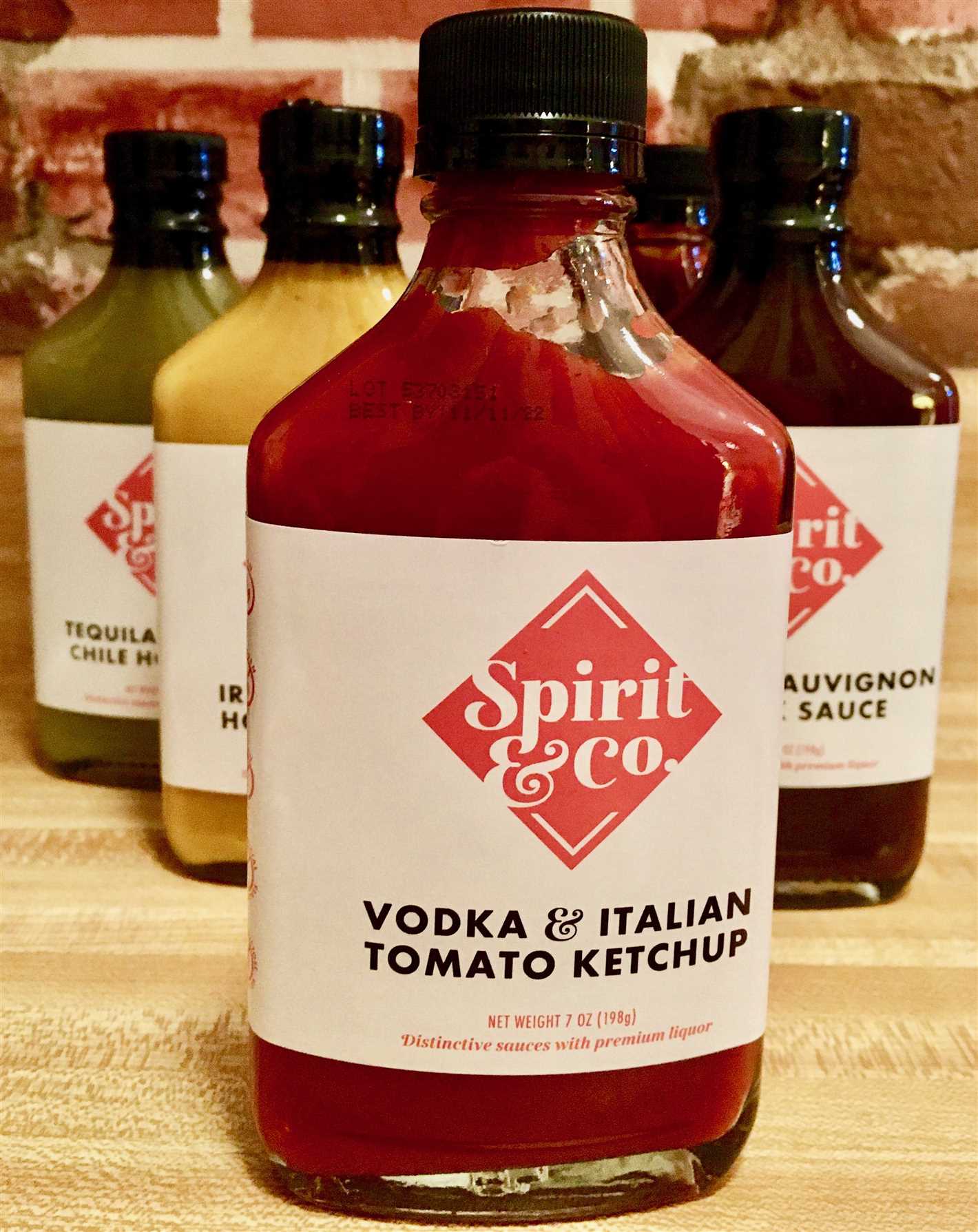
The experiment “Paint Green Tomatoes with Vodka” originated from a curious conversation between a group of friends. One evening, while enjoying a few drinks, they stumbled upon an interesting discussion about the effects of alcohol on fruits.
As the conversation progressed, someone mentioned hearing about a peculiar experiment involving green tomatoes and vodka. Intrigued by this idea, they decided to delve deeper into the topic and explore the origins of this experiment.
After doing some research, they discovered that the experiment had gained popularity in various gardening forums and blogs. It seemed that many people were intrigued by the possibility of using alcohol to ripen green tomatoes.
The idea behind the experiment is that the ethylene gas produced by the ripening tomatoes can be enhanced by the alcohol in vodka, resulting in quicker ripening. This theory sparked the interest of the group, and they decided to replicate the experiment themselves to see if the claims were true.
Understanding the Chemical Reaction
The process of painting green tomatoes with vodka involves a fascinating chemical reaction known as osmosis. Osmosis is the movement of a solvent, in this case water, through a semi-permeable membrane to an area of higher solute concentration. In the case of green tomatoes, the solute concentration is higher inside the tomato, causing water to move from the outer solution into the tomato.
When vodka comes into contact with the green tomatoes, the alcohol in the vodka acts as a solute. As a result, the water within the tomatoes moves out of the cells and into the surrounding vodka solution. This process helps to extract the chlorophyll, the pigment responsible for the green color of the tomatoes.
Why does the tomato turn yellow?
As the water leaves the tomato cells, the chlorophyll molecules are no longer held in their normal positions. This disruption causes the green color of the tomatoes to fade, revealing the yellow pigments that were previously masked by the chlorophyll. The longer the tomatoes are immersed in the vodka solution, the more pronounced the yellow color becomes.
How does the vodka penetrate the tomato skin?
Tomato skin is permeable to liquids, allowing the vodka to penetrate into the cells of the tomato. The vodka molecules pass through the cell walls, allowing the alcohol to come into contact with the chlorophyll and initiate the osmosis process.
Is this chemical reaction reversible?
The chemical reaction that occurs during the painting of green tomatoes with vodka is reversible to some extent. If the tomatoes are allowed to dry after being immersed in vodka, water from the surrounding environment can move back into the cells of the tomato through osmosis. This can partially restore the original green color of the tomato, although some of the chlorophyll may have been permanently altered or damaged during the process.
Overall, the chemical reaction between vodka and green tomatoes is a captivating process that highlights the principles of osmosis and how it can affect the coloration of plant pigments.
Step-by-Step Guide on How to Conduct the Experiment
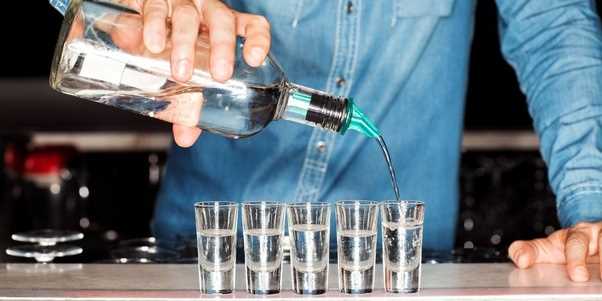
Materials:
- Green tomatoes
- Vodka
- Paintbrush
- Container (such as a bowl or plate)
- Newspaper or plastic wrap (to protect your work surface)
Procedure:
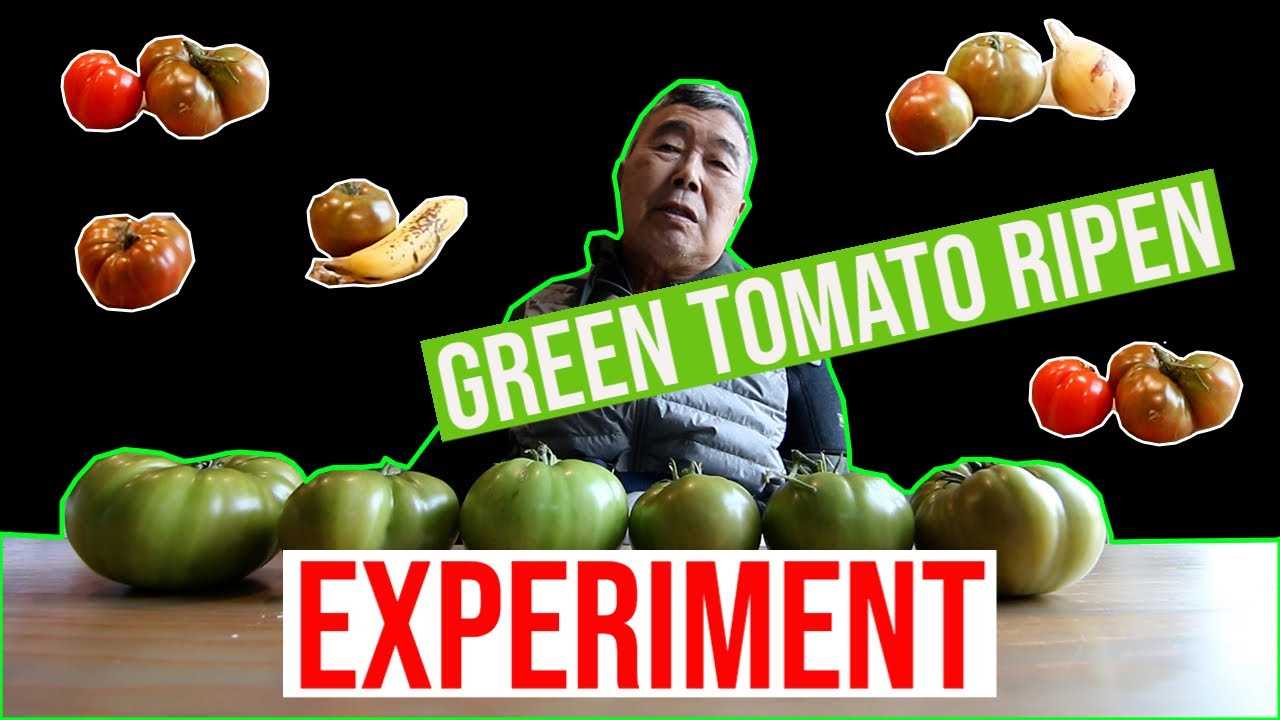
- Prepare your work surface by covering it with newspaper or plastic wrap to protect it from any spills or stains.
- Take a green tomato and wash it thoroughly to remove any dirt or residue.
- Pour a small amount of vodka into a container.
- Dip the paintbrush into the vodka and gently brush the surface of the tomato.
- Continue brushing the tomato with vodka until the entire surface is covered.
- Allow the tomato to dry completely.
- Once the tomato is dry, observe the changes in its appearance.
- Repeat the process with additional green tomatoes, using the same procedure for each one.
Observations:
Record your observations of each tomato after it has dried. Pay attention to any changes in color or texture.
Conclusion:
Based on your observations, draw conclusions about the effects of vodka on green tomatoes. Consider discussing whether the vodka had any noticeable impact on the tomatoes’ appearance or if there were any unexpected results.
Additional Tips:
- It is recommended to use a paintbrush rather than pouring vodka directly onto the tomatoes. This allows for more controlled application and prevents excessive soaking.
- For more accurate results, conduct the experiment with a large sample size of tomatoes.
- Make sure to document every step and observation during the experiment for accurate reporting and analysis.
Analyzing the Results: What Does the Color Change Indicate?
The color change observed in the green tomatoes after being painted with vodka can provide valuable insights into the biochemical processes occurring in the tomatoes. By understanding the color change, we can gain a better understanding of the chemical reactions that take place during the painting process.
1. Influence of Ethanol:
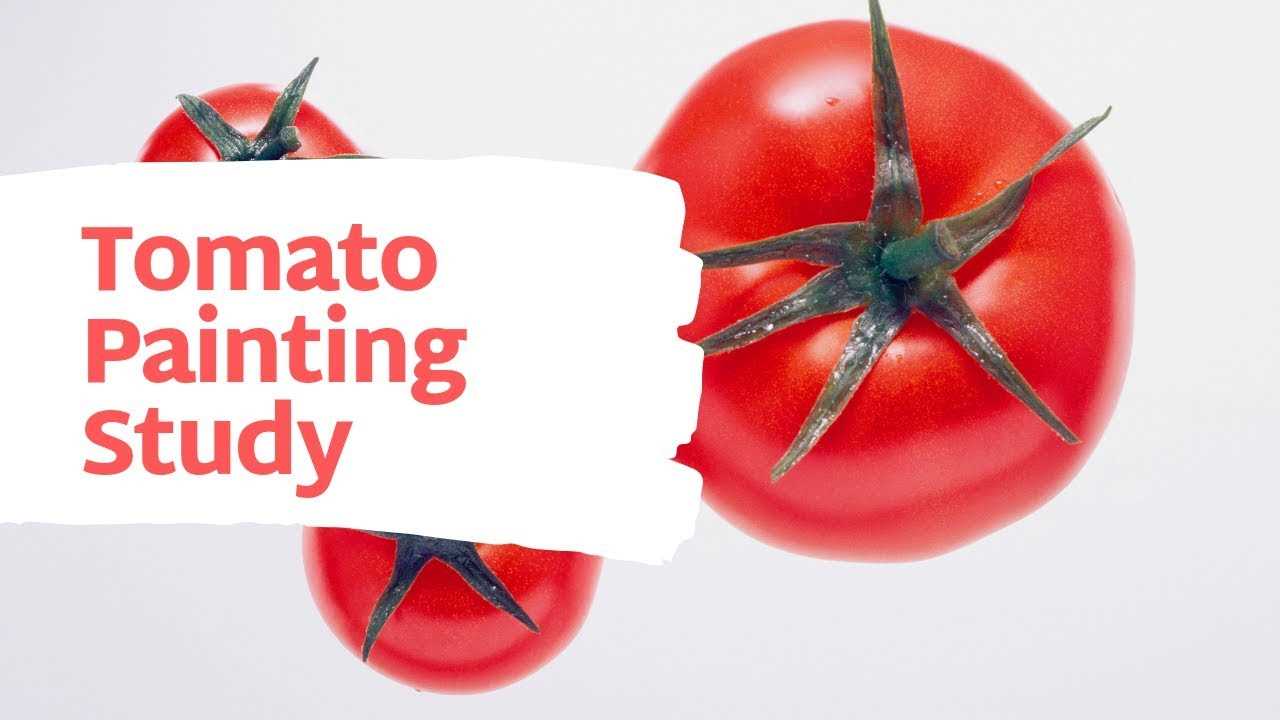
The primary component of vodka, ethanol, plays a crucial role in the color change of the green tomatoes. Ethanol acts as a solvent and helps in the extraction of pigments from the tomato skin. This extraction process leads to a decrease in the concentration of pigments, resulting in the observed color change.
2. Breakdown of Chlorophyll:
Chlorophyll, the green pigment responsible for photosynthesis in plants, is the major pigment affected by the vodka painting experiment. Ethanol breaks down the chlorophyll molecules, causing a loss of the green color. As a result, the tomatoes painted with vodka appear less green and may exhibit various shades of yellow, orange, or red.
3. Interaction with Carotenoids:
Carotenoids are another group of pigments present in tomatoes, responsible for the red, orange, and yellow colors seen in ripe fruits. The breakdown of chlorophyll during vodka painting exposes the carotenoids, leading to a more prominent display of their colors. This can explain the observed change from green to shades of red or orange in the painted tomatoes.
4. Impact on Tomato Ripening:
The color change observed after painting the green tomatoes with vodka can also be an indication of their ripening process. The breakdown of chlorophyll and the exposure of carotenoids are associated with the ripening of tomatoes. The change in color suggests that the painted tomatoes are undergoing a ripening-like transformation, although it may not be as complete or natural as the ripening process itself.
5. Further Investigations:
The color change observed in the painted tomatoes warrants further investigations into the specific chemical reactions and mechanisms involved. Conducting additional experiments with varying concentrations of vodka, duration of painting, or using different alcoholic beverages can provide additional insights into the color change phenomenon and its underlying principles.
| Indication | Explanation |
|---|---|
| Decreased Green Color | Ethanol extraction of chlorophyll. |
| Shades of Yellow, Orange, or Red | Exposure of carotenoids due to chlorophyll breakdown. |
| Ripening-like Transformation | Changes associated with normal tomato ripening. |
The Role of Vodka in the Experiment
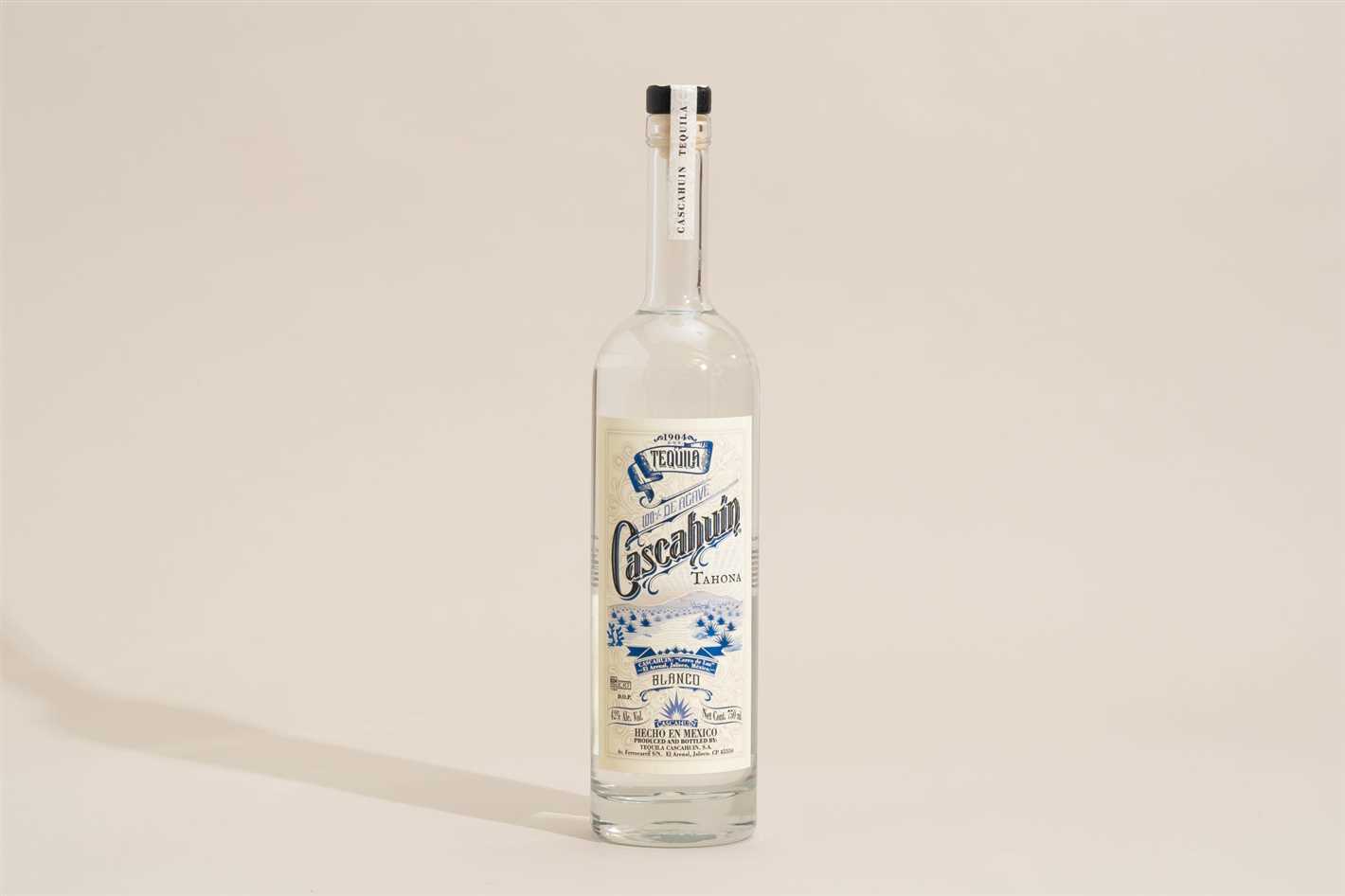
Vodka plays a significant role in the “Paint Green Tomatoes with Vodka – A Fascinating Experiment!” The experiment aims to determine whether vodka can be used as a medium for painting on green tomatoes.
Vodka as a Solvent:
Vodka is primarily composed of water and ethanol, making it an excellent solvent. In the experiment, vodka is used to dissolve the pigments and create a paint-like consistency that can adhere to the green tomato surface.
Pigment Dilution:
By mixing various pigments with vodka, the experiment seeks to explore how well the paint can dilute and spread on the tomatoes. The alcohol in vodka helps break down the pigments, allowing for a smoother application.
Preserving the Paint:
Vodka also plays a role in preserving the paint created for the experiment. The antimicrobial properties of alcohol help prevent any bacterial growth or spoilage of the paint mixture. This ensures that the paint remains usable throughout the duration of the experiment.
Moisture Control:
Another significant role of vodka in the experiment is moisture control. Green tomatoes can be quite moist, which can affect the adhesion and drying time of the paint. Vodka, being volatile, helps in evaporating excess moisture, allowing the paint to dry more efficiently.
Alternative to Traditional Paint:
Vodka also offers an unconventional alternative to traditional paints. Painting with vodka and pigments on green tomatoes presents a unique artistic challenge and opens up new possibilities for creative expression.
Environmentally Friendly Option:
Using vodka as a painting medium on green tomatoes is a more environmentally friendly option compared to regular paints. Vodka is biodegradable and does not contain the harmful chemicals often found in traditional paints.
| Vodka in the Experiment | Role |
|---|---|
| Solvent | Dissolves pigments and creates a paint-like consistency |
| Pigment Dilution | Helps dilute and spread pigments on green tomatoes |
| Preservation | Antimicrobial properties help preserve the paint mixture |
| Moisture Control | Aids in drying by evaporating excess moisture |
| Alternative to Traditional Paint | Provides a unique artistic challenge and expression |
| Environmentally Friendly | Biodegradable and lacks harmful chemicals |
Exploring the Potential Applications of the Experiment
The experiment of painting green tomatoes with vodka has opened up a world of possibilities for various fields of study and industries. The potential applications of this experiment are truly fascinating.
1. Food Industry
The food industry can benefit greatly from this experiment. The ability to accelerate the ripening process of green tomatoes using vodka can have significant implications for farmers, distributors, and even consumers.
This technique could potentially extend the shelf life of green tomatoes, allowing them to be transported and stored for longer periods without losing quality. It could also help reduce food waste by enabling farmers to harvest green tomatoes and ripen them artificially.
2. Agriculture
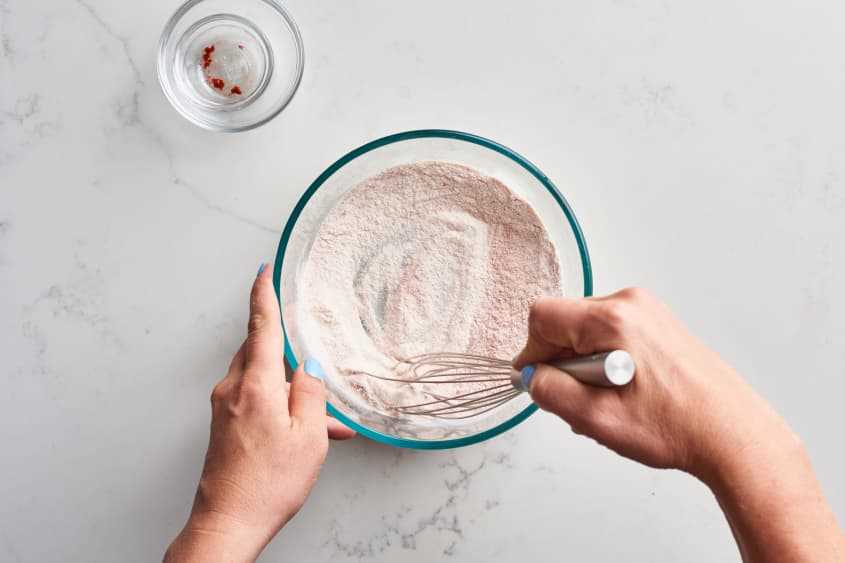
Agricultural practices could also adopt this method to improve tomato production. By using vodka to expedite the ripening of green tomatoes, farmers can achieve higher yields and optimize their harvest schedules.
This technique may also be applicable to other fruits and vegetables, offering a new approach to improve the efficiency of crop production.
3. Research and Development
The experiment of painting green tomatoes with vodka can serve as a starting point for further research and development. Scientists and researchers can explore the underlying mechanisms behind this phenomenon and potentially discover new methods to enhance the ripening process of different fruits.
This experiment may also spark other innovative ideas and experiments in the field of applied chemistry and biology, leading to advancements in various industries.
4. Culinary Arts
Chefs and culinary enthusiasts can experiment with painting green tomatoes with vodka to create unique dishes and flavors. This method could be utilized to add a touch of ripeness to dishes that require the use of green tomatoes.
By incorporating this technique into their repertoire, chefs can explore new dimensions of taste and presentation, ultimately enhancing the culinary experience for their customers.
5. Education
The experiment of painting green tomatoes with vodka can be used as an educational tool to teach students about the ripening process of fruits and the role of ethylene in that process. This practical demonstration can engage students and foster a deeper understanding of biology and chemistry concepts.
Teachers can utilize this experiment as a hands-on activity to make learning more interactive and memorable, sparking curiosity and encouraging students to explore the world of science.
Conclusion
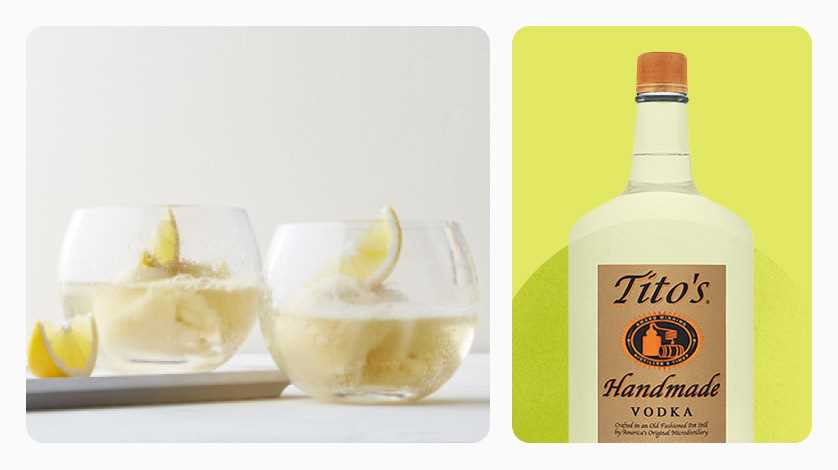
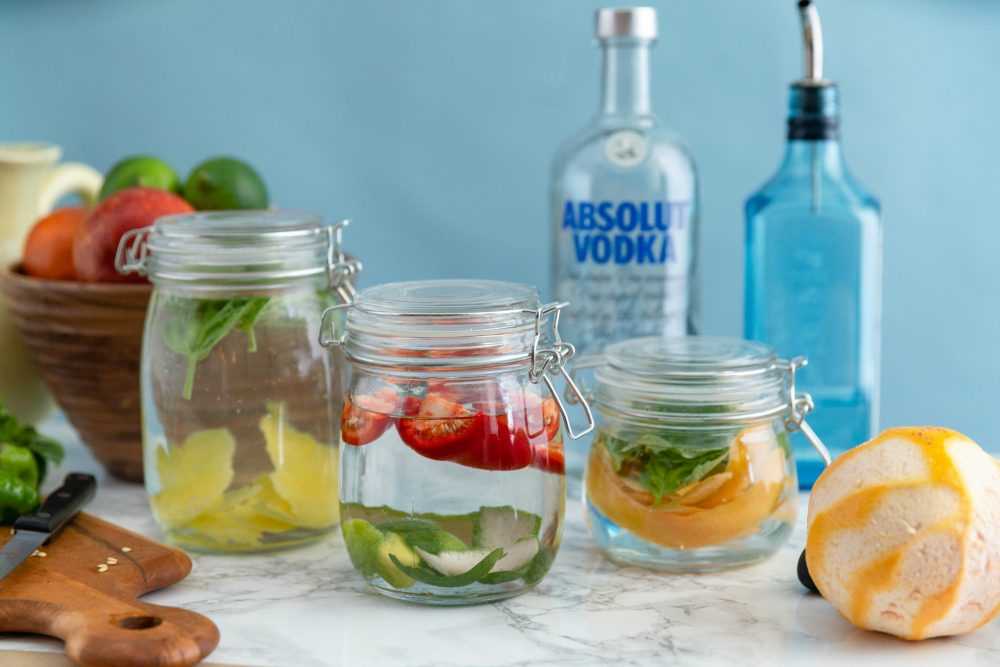
The experiment of painting green tomatoes with vodka has far-reaching implications across various fields. From improving food production and reducing waste in the food industry to enhancing culinary experiences and inspiring scientific exploration, this experiment showcases the potential applications of a simple yet fascinating technique.
Challenges and Limitations of the Experiment
While the experiment of painting green tomatoes with vodka is undoubtedly fascinating, it also comes with its own set of challenges and limitations that need to be considered.
1. Inconsistent Results
One of the major challenges faced during the experiment is the inconsistent results obtained. Due to the variability of individual tomatoes, their ripeness, and the amount of vodka applied, it is difficult to achieve consistent and predictable outcomes. This can make it challenging to draw definitive conclusions from the experiment.
2. Limited Sample Size
Another limitation of the experiment is the limited sample size. Conducting the experiment on a small number of green tomatoes may not be representative of the overall population. In order to draw more robust conclusions, a larger sample size would be required.
3. Ethical Considerations
There are also ethical considerations to be taken into account. The use of alcohol, such as vodka, on living organisms raises questions about the well-being and potential harm caused to the tomatoes. It is important to ensure that the experiment is conducted in an ethical manner, taking care of the welfare of the tomatoes.
4. External Factors
The experiment may also be influenced by external factors such as temperature, humidity, and light conditions. These factors can impact the ripening process of tomatoes and may affect the results of the experiment. It is essential to control and monitor these external factors to obtain accurate and reliable data.
5. Lack of Control Group
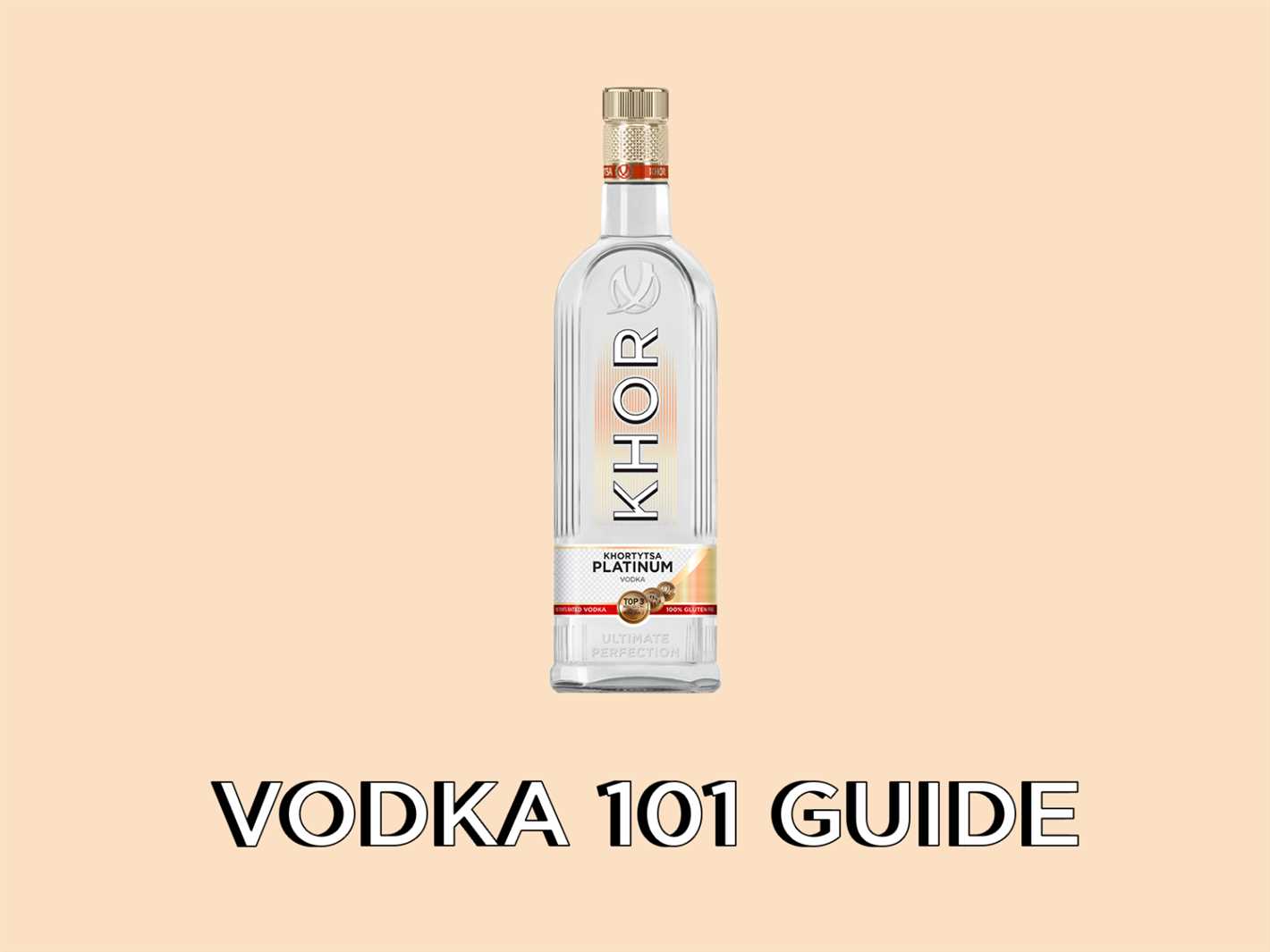
In order to make valid comparisons and draw meaningful conclusions, it is important to have a control group in the experiment. This would involve painting some tomatoes with a substance that does not contain alcohol, such as water, to compare the effects of vodka. The absence of a control group limits the ability to attribute any observed changes solely to the vodka.
Conclusion
Despite these challenges and limitations, the experiment of painting green tomatoes with vodka remains a fascinating subject of study. By acknowledging and addressing these limitations, further research can be conducted to gain a better understanding of the potential effects of vodka on tomato ripening.
Additional Resources for Further Experimentation
- Tomato Varieties: Explore different varieties of green tomatoes to test how the vodka experiment affects their ripening process. Some varieties to consider include Green Zebra, Aunt Ruby’s Green Tomato, and Evergreen.
- Ripening Methods: Test various ripening methods, such as placing the green tomatoes in a paper bag with a ripe banana or apple, or storing them in a dark, warm location. Record your observations to compare the effectiveness of these methods to ripen green tomatoes.
- Other Alcohol Options: Experiment with using different types of alcohol besides vodka, such as rum or whiskey, to see if they have a similar effect on the ripening process of green tomatoes.
- Timing and Temperature: Consider testing how the length of time the green tomatoes are exposed to vodka and the temperature at which they are stored affect the ripening process. Document your findings to determine the optimal conditions for ripening green tomatoes with vodka.
- Comparative Studies: Conduct comparative studies by treating some green tomatoes with vodka and leaving others untreated. Observe the differences in ripening speed and quality between the two groups.
- Scientific Studies: Research scientific studies and articles that explore the ripening process of tomatoes and how it is affected by various factors. This can help provide a deeper understanding of the underlying mechanisms at play in the vodka experiment.
- Recipe Ideas: Once you have successfully ripened your green tomatoes using vodka, explore different recipes and methods for using these tomatoes in delicious dishes, such as fried green tomatoes or green tomato salsa.
“Question-Answer”
What is the purpose of painting green tomatoes with vodka?
The purpose of painting green tomatoes with vodka is to accelerate the ripening process. Vodka contains ethanol, which helps break down the plant’s outer waxy layer and allows the fruit to mature faster.
Does painting green tomatoes with vodka affect the taste of the fruit?
Yes, painting green tomatoes with vodka can affect the taste of the fruit. Vodka contains alcohol, and when applied to the surface of the green tomato, it can seep into the fruit and alter its flavor. Some people find that this method gives the tomatoes a slightly alcoholic taste.
Can you paint green tomatoes with other alcoholic beverages instead of vodka?
Yes, you can use other alcoholic beverages instead of vodka to paint green tomatoes. Rum, gin, or even whiskey can be used as alternatives. However, it is important to note that the type of alcohol used may impact the flavor and ripening process of the tomatoes differently.
How long does it take for green tomatoes to ripen with vodka?
The time it takes for green tomatoes to ripen with vodka can vary. On average, it may take 1 to 2 weeks for the tomatoes to fully ripen after applying the vodka. However, this can depend on factors such as the tomato variety, room temperature, and the amount of vodka used.
Are there any risks or downsides to painting green tomatoes with vodka?
While painting green tomatoes with vodka can accelerate the ripening process, there are some risks and downsides to consider. The alcohol content may alter the taste of the tomatoes, and excessive vodka application may cause the fruit to become mushy or rot. Additionally, some people may have concerns about consuming tomatoes treated with alcohol.







